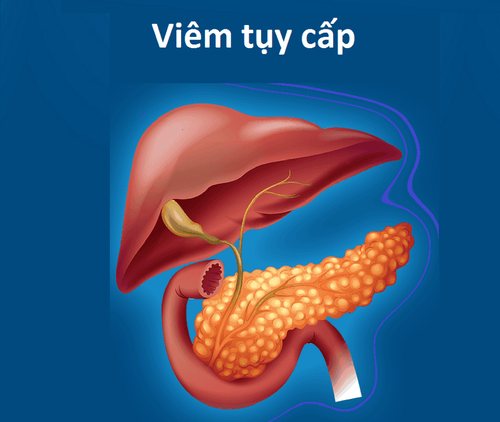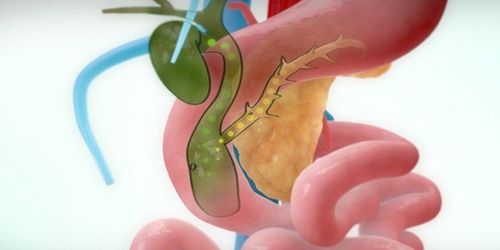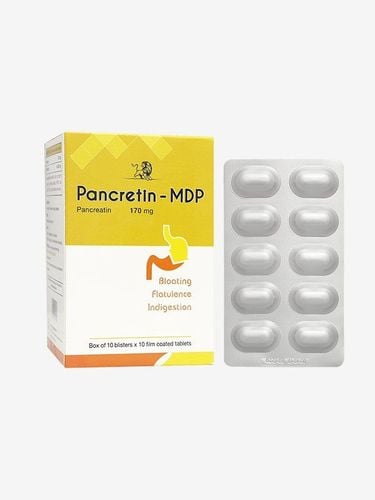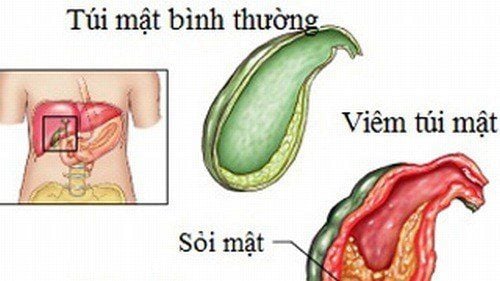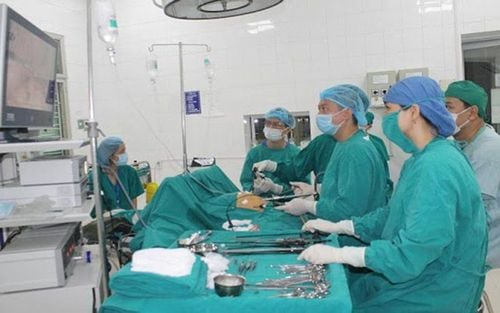This is an automatically translated article.
The article was professionally consulted by Specialist Doctor II Tran Van Trong - Specialist in Pediatric Surgery, Plastic Surgery - Aesthetics - Department of General Surgery, Vinmec Danang International HospitalA neonatal choledochal cyst is a congenital abnormality of the duct that carries bile from the liver to the gallbladder and small intestine. When a child has a congenital bile duct cyst, the bile duct becomes swollen and the bile becomes blocked in the liver, leading to liver damage or pancreatitis. In addition, children with this condition have a higher rate of bile duct cancer as they reach adulthood.
1. Prevalence of congenital common bile duct cysts
Choledochal cysts are rare: 1 in 100,000 to 150,000 children in Western countries. Girls are four times more likely to have common bile duct cysts than boys. The condition is more common in East Asian countries, especially Japan, although researchers have yet to explain the cause.2. Symptoms of congenital choledochal cysts
Although a baby is born with a congenital bile duct cyst, symptoms may not appear immediately, but may take up to several years later. In some cases, this condition is discovered when the baby is in the womb or it is not until the child has an abdominal ultrasound for another reason such as abdominal pain that the child has a common bile duct cyst.In some cases, the child may have symptoms such as jaundice, abdominal mass, pancreatitis or cholangitis. Most common bile duct cysts are discovered during childhood. Other symptoms include:
Obstruction of the bile duct leads to persistent jaundice (more than two weeks) in infants or intermittent jaundice in older children or young children. Usually, jaundice is accompanied by pale stools and dark urine; Intermittent abdominal pain; Cholangitis causes fever, jaundice, and sometimes tremors; Peritonitis if the cyst ruptures or leaks; There is a lump or swelling in the abdomen; Pancreatitis .
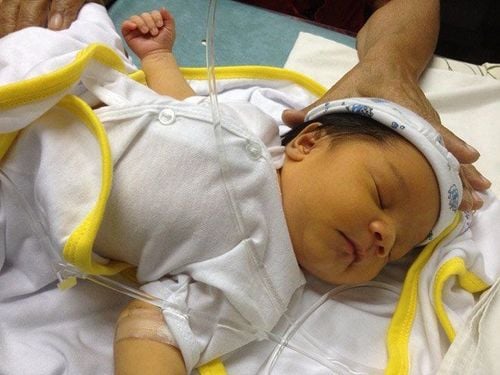
3. Causes of congenital choledochal cyst disease
Normally, the bile ducts transport bile from the liver, through the pancreas, to the first part of the small intestine (also called the duodenum). The researchers hypothesized that neonatal choledochal cysts form when there is an abnormality at the junction between the bile duct and the pancreatic duct. This abnormal connection forces pancreatic juice to back up into the bile duct and leads to a cyst forming.
4. Classification and location of common bile duct cysts
Congenital choledochal cysts can form in the intrahepatic or extrahepatic bile ducts. The classification of choledochal cysts is based on where they appear:Type 1 - cyst of the extrahepatic bile duct, which accounts for up to 90% of all cases of choledochal cyst Type 2 - has an abnormal diverticulum above bile duct wall Type 3 - cyst in the duodenal site Type 4 - cyst on both intrahepatic and extrahepatic common bile duct
5. Diagnosis of common bile duct cyst
The diagnosis of a common bile duct cyst in a newborn is usually made using a combination of the following:Ask parents about the child's past and present symptoms The doctor examines the child directly The doctor Indication to perform some blood tests and ultrasound The common bile duct cyst in the newborn is usually detected by abdominal ultrasound when the bile duct is dilated or when the child has symptoms such as jaundice or abdominal pain. In case of doubt, the doctor will perform some other diagnostic techniques to provide enough evidence to diagnose a common bile duct cyst. For example, is there any blockage in the bile duct due to stones or an abnormal junction of the bile duct with the pancreatic duct?
These additional diagnostic techniques are performed to obtain more information about the type of bile duct cyst to help the surgeon plan surgery. These diagnostic techniques may include:
More detailed ultrasound to examine the blood vessels going to the liver that run along the bile ducts. Magnetic resonance cholangiopancreatography (MRCP Scan). To perform this technique, infants and young children often need general anesthesia to perform. This technique shows the bile ducts and pancreatic ducts to be visualized more clearly than with conventional MRI. Endoscopic retrograde cholangiopancreatography. This is an intensive technique, so it's usually not necessary. In this technique, the child is anesthetized and the doctor inserts a long, flexible endoscope with a small camera on the end, from the mouth to the intestines. Then, a small plastic tube is passed through the endoscope into the opening of the bile duct and contrast is injected to take an X-ray. This will provide information about any abnormalities in the biliary tract such as obstruction, cysts or tumors.

6. Treatment
Common bile duct cysts in newborns require surgical treatment. Surgery should be performed in a medical facility experienced in treating and caring for children with bile duct cysts and by a surgeon experienced with this type of surgery.Often the bile ducts will be completely removed, which means removing most of the bile ducts outside the liver along with the gallbladder. The hepatic ducts that come out of the liver are then attached to the baby's intestines so that bile can flow into the intestines.
Cholecystectomy does not affect the long-term health of the child. In addition, the child also needs to have a liver biopsy at the time of surgery to check for liver cell damage.
In children with bile duct cysts that are detected by ultrasound but have no symptoms, there is currently no consensus on the best time to operate. However, experts all recommend that it is best for children to have surgery early and usually around six months of age.
Common bile duct cysts in infants need to be treated early because if the disease develops for a long time, the baby will have a high risk of bile duct cancer. As soon as your baby shows symptoms of the disease, you should immediately take him to a reputable medical center for timely examination and treatment.
Please dial HOTLINE for more information or register for an appointment HERE. Download MyVinmec app to make appointments faster and to manage your bookings easily.
Reference source: childrenshospital.org





